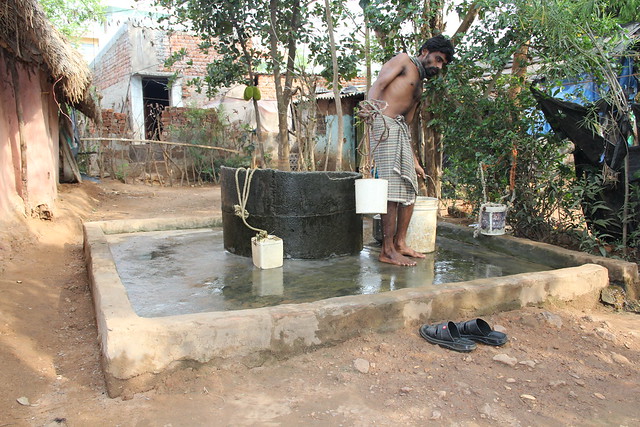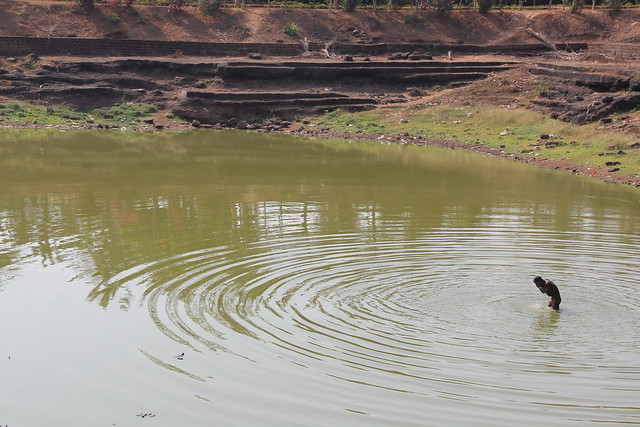Documenting Sammaan
Communications efforts are a key part of Project Sammaan. In fact, the grant proposal itself identifies the creation of a dissemination toolkit as second only to reducing instances of open-defecation and improving health amongst India’s urban poor.
By extension, documenting the project’s activities is a vital exercise to ensure that as much detail as possible is captured as it unfolds. The value obviously being that information is captured as it happens, making the insights far richer and impactful than if they were revisited later on in the project.

The main point-of-contact for the documentation process is this blog and website. Project partners are asked to keep a running track of their activities and to share them as frequently as possible. Many of the posts featured here originated from these updates. They are also utilized in producing a monthly newsletter that is sent out to all of the stakeholders.

Beyond merely putting pen to paper in order to convey project developments, a concerted effort is made to visually present the project. Frequent trips are made to the field in order to photograph and film the work being done as it happens. The video footage is used to create short films (such as the project introduction on this site’s About page) which we feature on this site and store on the Quicksand Vimeo page; the images are used to add substance to print collateral, such as the newsletters, and the social media accounts for the project, including Twitter and Facebook.

We feel that this full-spectrum approach to documentation differentiates Project Sammaan from many other sanitation initiatives. This level of transparency was initially driven by the grant’s mandate, but it falls in line with the mindset of all the project’s stakeholders. Collectively, there is a firm belief that only by collaborating and sharing information can real impact be made in this space. Hopefully this will lead to real change for those that need it the most, and positively improve the quality of life for the countless millions here in India that lack adequate, and safe, sanitation options.

